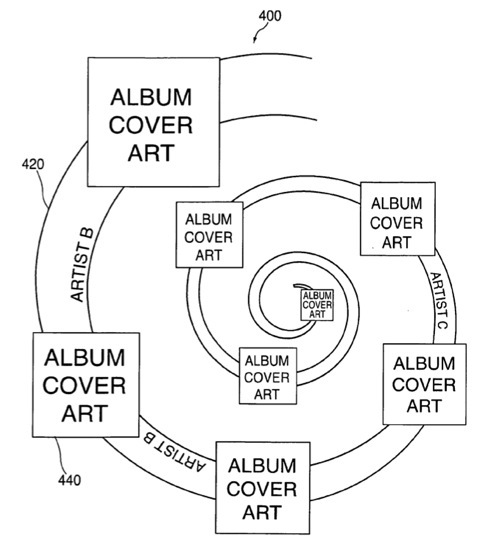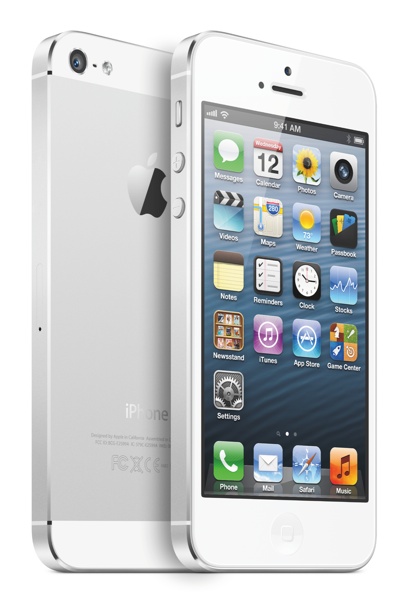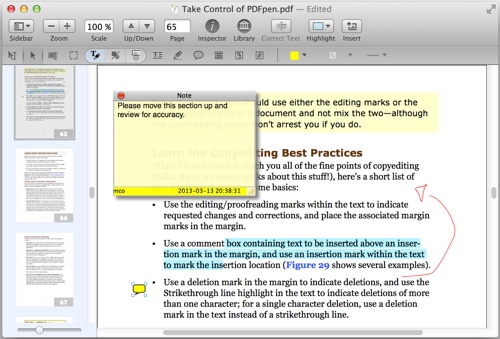Two Apple patents have appeared at the US Patent & Trademark Office showing that Apple wants to beef up the viewing options in iTunes on Macs.
Patent 20100229088 is for graphical representations of music using varying levels of detail. Systems, methods, and machine-readable media are disclosed for providing graphical representations of music of varying levels of detail. An electronic device can determine the attributes of a first type (e.g., genre) associated with the music.
The electronic device can display a graphical representation of the music using the attributes. The graphical representation can be based on a spiral, helix, map, or any other geometric shape or curve. A user can zoom into a portion of the graphical representation to select the music of a particular genre in which to view more detailed information. In response, the electronic device can determine the attributes of a second, more detailed type (e.g., artist) associated with the selected music and can revise the graphical representation to use the attributes of the second type. The revised graphical representation can include album cover art associated with the selected music. The inventors are Taido Nakajima, Pareet Rahul and Gloria Lin.
Here’s Apple’s background and summary of the invention: “Today’s electronic devices, such as desktop computers and portable music players, have large storage capabilities. Users can therefore maintain large collections of music on their electronic devices. Because a user might enjoy multiple styles of music, these large collections often contain songs with a variety of different attributes (e.g., different genres and from different eras).
“Current electronic devices, however, are limited in their ability to present song options and menus to the user. One approach used by current electronic devices is to provide a textual, list-based menu that allows users to view all songs stored on the electronic device, or to view songs by an attribute, such as by genre or artist.
“Accordingly, systems, methods, and machine-readable media are disclosed that can provide a graphical representation of music, such as the music stored on an electronic device (e.g., portable media player). As used herein, a “graphical representation” of elements generally refers to a display that does not present textual information about the elements in a list structure–that is, where the text for each successive element is listed below the previous elements.
“In some embodiments, the electronic device can initially provide a graphical representation of music elements (e.g., songs or albums) using a first, lowest level of detail. The electronic device can determine various attributes associated with the music elements, such as the genres (e.g., hip-hop, rap, pop) associated with the music elements, and can display a graphical representation of the music elements at the first level of detail using these attributes.
“For example, in some embodiments, the electronic device can display a curve-based representation of the music elements, such as a spiral or helical representation. A spiral representation can include a spiral, and the different attributes (e.g., different genres) can be presented along the spiral. This way, the music elements can be represented by their respective genres, and the user can scroll through all of the genres by, for example, providing a circular user input to rotate the spiral. In a helical representation, the graphical representation can include a helix, and the different attributes (e.g., genres) can be presented along the helix. In still other embodiments, the graphical representation can include a map of real-life geographic regions (e.g., states within the United States), where each region represents the music elements of a particular attribute.
“A user can ‘zoom into’ a portion of the graphical representation to request more detailed information about a portion of the music elements. In some embodiments, the user can use a “pinch in” motion on a multi-touch touch screen to request more detailed information about the music of a particular attribute (e.g., hip-hop music). Responsive to the request, the electronic device can revise the graphical representation to provide a second, greater level of detail for at least the music elements associated with the zoomed-in attribute, such as hip-hop music. In some embodiments, the revised graphical representation can represent the musical elements using a different set of attributes that correspond to a different attribute type.
“For clarity in describing the various disclosed embodiments, an ‘attribute type’ will hereinafter refer to a way to categorize music (e.g., genre, artist, album), and an ‘attribute’ will hereinafter refer to one of the categories of an attribute type (e.g., hip-hop, R&B, Madonna). Thus, in some embodiments, in response to a user request to view more detailed information about music elements, the electronic device can revise the graphical representation of the music elements (displayed using a first attribute type) to present the music elements using a second attribute type. To accomplish this, the electronic device can determine, for the music elements associated with the zoomed-in attribute (e.g., hip-hop music), attributes of a second attribute type (e.g., artists) and can revise the graphical representation using the attributes of the second attribute type.
“For example, responsive to a user request to view more detailed information about the music of a particular genre from a spiral representation, the electronic device can display different artists of the particular genre along the spiral. Responsive to a user request to view more detailed information from a helical representation, the electronic device can display different artists along the helix. Responsive to a user request to view more detailed information from a map-based representation, the electronic device can provide a display that appears to be a zoomed-in portion of the map, which includes regions associated with different artists.
“The electronic device can continue to enable the user to view more and more detailed information about the music elements until a last level of detail is reached. In some embodiments, the electronic device can provide the music elements using three levels of detail: first by genre, then by artist, then by albums. Because multiple artists can be in the same genre, and multiple albums can be released by the same artist, this series of levels can provide increasingly specific, and therefore more detailed, information on the music elements (e.g., songs). In some embodiments, the graphical representation of the music elements at the last level of detail (or any intermediate level of detail) can include a variety of album cover art, such as a grid of album cover art.”
Apple patent 20100229094 is for an audio preview of music. This is directed to an application for providing a preview of audio elements, such as songs. Systems, methods, and machine-readable media are disclosed for providing an audio preview of songs and other audio elements. In some embodiments, the electronic device can provide a user-controllable pointer scrollable through various categories, such as different genres or artists. Responsive to each movement of the pointer, the electronic device can select a song from the pointed-to category and can play a portion of the selected song.
In other embodiments, music groups can be defined, where each music group includes songs that go well together. The electronic device can play, in succession, a portion of one song from each of the music groups. Responsive to a user selection of a playing portion, the electronic device can create a playlist based on the music group of the selected playing portion. The inventors are Taido Nakajima, Pareet Rahul, Gloria Lin, Andrew Hodge, Allen P. Haughay R. and Bryan James.
Here’s Apple’s background and summary of the invention: “Today’s electronic devices, such as desktop computers and portable music players, are capable of storing a large amount of media. For example, users commonly maintain large collections of music on their electronic devices.
“Because music collections may be expansive, locating songs that suit a user’s current mood may be difficult. To find music of interest, users often initiate a shuffle mode to randomly play songs, skipping songs that are not of interest. Alternatively, users may create playlists containing songs that the user expects to enjoy when played together and when in certain frames of mind. However, only if a user happens to have a playlist suitable for the user’s current mood would such a feature be useful.
“Systems, methods, and machine-readable media (e.g., computer-readable media) are disclosed for providing an audio preview of music on an electronic device, such as a portable media player (e.g., Apple’s iphone or ipod). For simplicity, an audio preview of various songs provided in accordance with the principles of the invention may sometimes be referred to as a ‘scan preview.’ The scan preview may, among other things, allow users to browse a large number of songs quickly, enable users to easily and effectively locate a particular song from a large collection of songs, and may enable users to identify songs and create playlists on-the-fly that suit the user’s current mood.
“In some embodiments of the invention, a scan preview can involve successively playing portions of songs (or “snippets”) from different categories or music groups. This way, a user can experience different types of songs to determine which type suits the user’s current mood, for example. The different categories may be different genres, artists, albums, release dates, download dates, or song speeds (e.g., by beats per minute (BPM)). The electronic device providing the scan preview may play a snippet of one song in a category before moving to the next category, or may play snippets from multiple songs (e.g., 2, 5, 10, or 25 songs) in the same category before moving to the next category. In some embodiments, the electronic device may play snippets of songs until a user selection of a song is received, at which time the electronic device can take any of a variety of suitable actions (e.g., create a playlist based on the selected song).
“In some embodiments, a user can control the progression of the song snippets in the scan preview. For example, the user can control the length of each snippet that is played or the category of music that is previewed. In some embodiments, to provide user control, the electronic device can provide a user-controllable pointer. The user-controllable pointer may be scrollable through the different categories. For example, the categories may be distributed along a sliding bar, and the user may move the pointer with respect to the sliding bar to select a particular category. The electronic device can determine the position of the pointer, identify one of the categories based on the current position, and select and play a portion of a song in the identified category. To change the song being previewed, the user can select a different category using the pointer. Upon detecting movement of the pointer, the electronic device can select and play a portion of a different song in the newly selected category.
“In some embodiments, the user-controllable pointer may be able to scroll through multiple positions associated with the same category. For example, the electronic device can provide a sliding bar having multiple positions associated with the same category, or may provide a different graphical representation of the category. When the user-controllable pointer is at a first position with respect to the sliding bar, the electronic device may play a portion of a first song in the category. The user may move the pointer to preview a different song. Upon detecting the pointer’s movement with respect to the sliding bar, the electronic device may select a second song in the same category. By allowing a user to preview multiple songs in the same category, the user is given ample opportunity to determine whether songs of that category are currently of interest.
“Optionally, the electronic device may select the second song at random. As used herein, selecting a second element ‘at random’ or ‘randomly’refers to choosing an element that is not necessarily adjacent to the first element. The term is not intended to suggest pure randomness or even pseudo-randomness. For example, here, the electronic device can select any song in the same category, and not just the next song in the user’s music library. A shuffle mode may be one example of a technique for randomly selecting songs.
“In some embodiments, a scan preview may progress between song snippets automatically without user input. For example, an electronic device can define several music groups, where each music group includes a plurality of songs. In some embodiments, each music group may include songs that a server, for example, determines are most suitable to be played with one another. Groups of this nature may be referred to sometimes as ‘seed-generated’ clusters, because a server (or other electronic device) may use one song as a seed to identify other songs that belong in the same music group. Once the music groups are defined, the electronic device can play, in succession, a portion of one song from each of the music groups. During the scan preview, the user can select a song that is playing, and the electronic device can, for example, create a playlist that includes songs related to the music group of the selected song. For example, the playlist can include some or all of the songs in that music group.”





